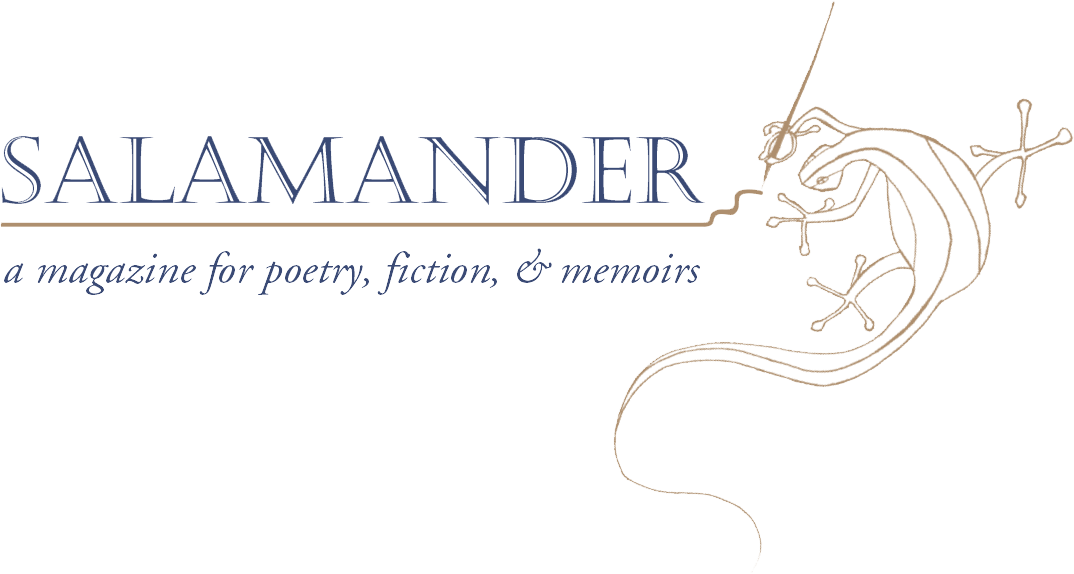House is an Enigma by Emma Bolden (Southeast Missouri State University Press, 2018).
Emma Bolden’s House is an Enigma lives inside a continual unfolding, moving fluidly and fluently between outer surfaces and the meaning-making within, centering on the speaker’s grief in the aftermath of a hysterectomy. At the same time, the poems track the loss of a relationship, its loneliness and longing, as well as pain and courage in the face of surgery and bodily brokenness. They ask what it means to think of the body as a type of house and what happens when that house is damaged. They ask how and why it matters to speak of the body in metaphor, and to speak of the body without it. They give us both the natural realm of deer and forest, and the human-created one of architecture and medicine. They move between the speaker’s particular female body and the body of the world.
Bolden’s first poem, “An Unmothered Guide to Grief,” serves as a striking and apt introduction to so many of her themes, and to her wild, luxuriant image-making:
Carve a door inside of your belly, draw an arrow
with blackberry jam. Point to the place meant to grow
a sweetness you could love inside of its weepings, its sleep-
less shit and storms, the syncopated terror of its song. Let grief
be your most favorite. Let grief be the song that troubles down
the keys of your spine, out the flat bass of your feet
and into the room standing open as a safe that ate its own
key. Do not be afraid. Let loss become your best, the one
sweet spoon of a friend who is always walking towards
because she knows no other way out of away.
The poem gives us the house of the title, with its rooms and doors, opening into the literal place of loss—of potential motherhood, a dreamed-of future. “An Unmothered Guide to Grief ” centers itself in the domestic, as so many of the book’s poems do. But it’s a strange, fractured, and unexpected domestic, in which calming, homelike images—blackberry jam, a song that might be a lullaby—are turned upside-down by the speaker’s pain and her unstinting drive to articulate it. The poem’s metaphors tumble so swiftly, one into the next, they create a sort of imaginative free-fall that is, at the same time, contained by the poet’s careful diction and attention to craft. The repetition of “let” anchors the poem as both invitation (to the reader and the speaker herself ) and prayer. Shorter sentences (“Let grief / be your most favorite”) open out into longer and more complex ones, then become clipped again, as if the speaker moves between attempting to control her grief and giving in to its surging power.
And the safe! What a beautifully compressed and unexpected image she creates: literally, the safest place in the house, where its most valuable objects are kept. But in this house the safe place is unusable, unfixable, an object divorced from its basic purpose—perhaps most disturbingly and memorably, this safe has broken itself. So many of the images in House is an Enigma unfold as richly as this one does, revealing layers of association, mystery, and emotion.
